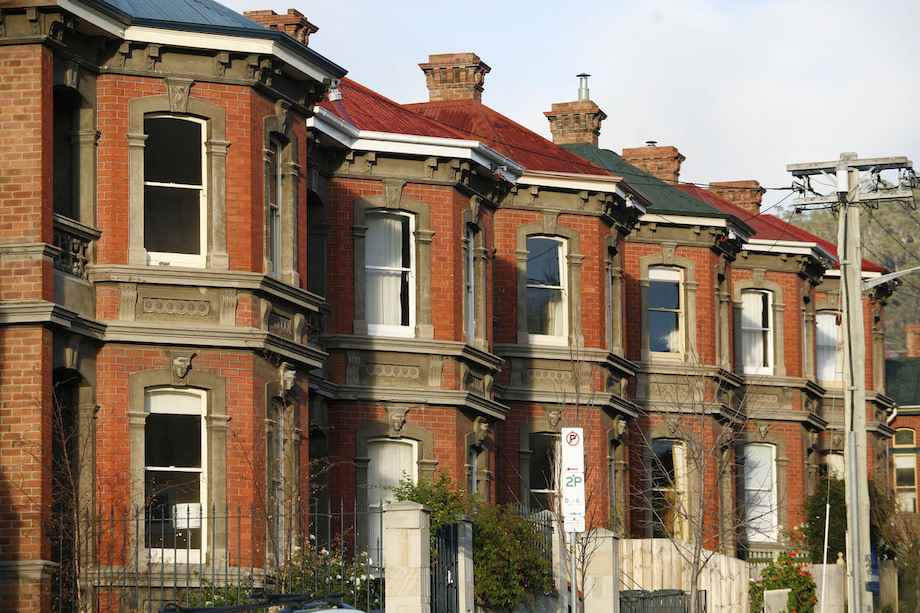
The Tasmanian government has unveiled a 30-year plan to manage significant growth in Hobart, signalling that medium-density dwellings are a key part of the strategy.
The inaugural draft plan highlights infilling some of the central business district within greater Hobart as part of a plan to cater for a projected extra 60,0000 residents who will call the city home during the next 30 years.
Unveiled on Monday by the Department of State Growth, the plan outlines the need for an additional 30,000 homes to cater for the growth.
It says 695ha of vacant land supply and $539 million in residential building approvals will be required.
The analysis, completed on behalf of Hobart’s council as well as the state government, recommends the mix be 70 per cent infill development and 30 per cent greenfield development, which is largely consistent with the development split of the past decade.
The plan conservatively suggests infilling potentially more than 21,000 additional dwellings, including in the local government areas of Clarence, Glenorchy, Hobart CBD and the Kingborough area.
Meanwhile, the proposed 9000 new greenfield dwellings needed during the next 30 years will require a faster rate of delivery than in the past.
Infill development is proposed to be primarily low-impact, medium-density residential dwellings, while allowing for higher-density swellings in some locations.
“This means encouraging more contemporary terrace and townhouse dwellings within, and surrounding the key business districts and along corridors with high frequency public transport services,” the plan says.
The plan says that managing growth in a sequenced and strategic manner and limited diversity in housing options remain a key challenge for the southernmost city in Australia.

The plan provides a direction on how to respond to these challenges, including access to land and greater diversity in housing to provide greater choice to suit different lifestyles and stages of life.
“More people are living further away from where they work, shop and play,” the plan says.
“This outward spread increases the pressure for major road infrastructure improvements, which can add to cost of living pressures.
“A focus on providing our community with more housing options in, and near and away from our city centres can help reduce these pressures.”
An implementation plan is now being drafted with an action list focusing on priorities for the next three to five years under way.
The most recent Australian Bureau of Statistics figures reveal that 999 homes were built in Tasmania in the December, 2021 quarter, the highest number in almost 30 years.
The number of completions grew 31 per cent in the quarter, which was the highest growth rate in the country. In 2021, 3234 homes were completed.
Feedback is now being sought on the draft plan.